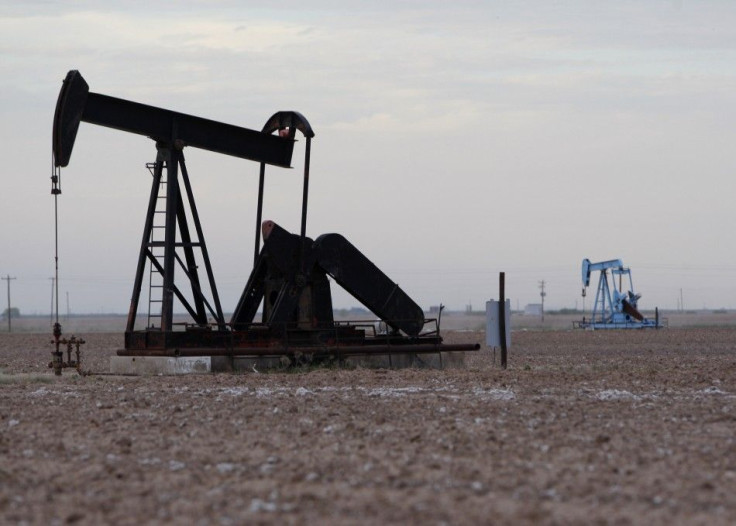IEA Says Economic Problems May Weigh on 2012 Oil Demand Growth
Analysis

The market turmoil and possible economic slowdown are affecting the markets in a variety of ways, and that includes oil demand and oil prices, the International Energy Agency said Wednesday, adding that threats to the global recovery may reduce global oil demand growth by more than 60 percent in 2012.
The IEA added, however, that 2011 and 2012 global oil demand would be essentially the same as its previous estimate for this year and next year: down 60,000 barrels per day (bpd) to 89.5 million bpd in 2011; and up 70,000 bpd to 91.1 million bpd in 2012.
The IEA also noted demand growth in 2012 may be less than half that latter total, if global GDP growth underperforms.
Oil Defies Declining Dow
On Wednesday, oil prices shrugged off another steep decline in the stock market -- the Dow Jones industrial average dropped about 300 points to 10,947 in afternoon trading, to trade up $2.23 to $81.56 per barrel.
On Tuesday, oil prices fell to a 10-month low of $75.21 per barrel on concern the U.S. economy may fall back into a recession.
The U.S. is the world's largest consumer of crude oil, with one out of every 10 barrels of oil in the world used to make gasoline for that market. The IEA expects North American oil demand to decline 0.9 percent this year and remain about flat in 2012.
Meanwhile, the IEA sees global oil demand this year rising 1.2 million bpd, or 1.4 percent, to 89.5 million bpd, Bloomberg News reported Wednesday.
What's more, the 2012 IEA global oil demand estimate of 91.1 million bpd assumes global GDP will increase 4.4 percent; if global GDP increases by only 3.0 percent, global oil demand is expected to rise just 0.7 percent to total 89.8 million bpd.
Oil/Economic Analysis: One's view of oil prices depends on your starting point. On the one hand, oil prices have dropped about $30 per barrel to about $82 in the past three months: oil traded above $112 in May.
That said, $82 is still a very high price for oil -- it's one reason the average U.S. price for regular unleaded gasoline remains about $3.63 per gallon -- a price that cuts in to consumers' disposable income and increases business costs.
Oil is the lifeblood of the U.S. economy, and, to a lesser extent, of the global economy. Oil is the world's most vital commodity. (That's until some other plentiful, cheap, portable energy source is invented or discovered to displace it.)
Therefore, the West Texas Intermediate Crude price can be used as a quick read on the U.S. economy: if the crude price is falling and continues to fall through $70, know that the institutional investors -- the finance world's most knowledgeable players -- are becoming more pessimistic about the U.S. economy.
Conversely, if oil rises above $70 and remains above it, know that institutional investors are becoming more bullish -- optimistic -- about the U.S. economy.
© Copyright IBTimes 2024. All rights reserved.











